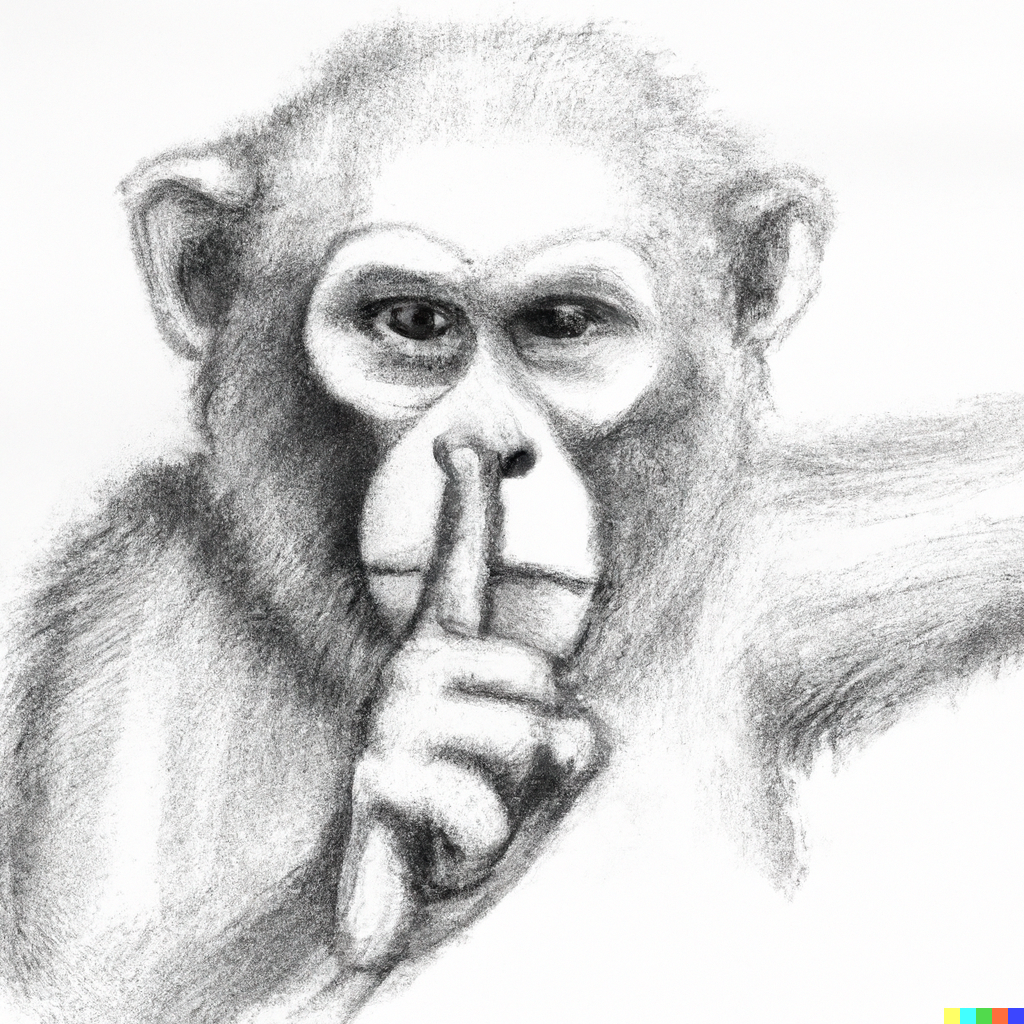What can you do if you want to file a top-secret trademark that nobody can find out about? Imagine a situation where Steve Jobs walks on the stage to launch a new product called the “iPhone.” While he’s walking, somebody in the audience shouts, “Hey Steve, I noticed that you just filed a trademark for ‘iPhone’ for mobile phones. What’s that about? Will you be making phones?”
Often, when companies, especially larger ones, come up with new brands, they grapple with a dilemma: How to keep the new brand secret while also reserving trademark rights at the same time? If they do not file a trademark application, somebody else might and have better rights to the name. On the other hand, if the company files a trademark application, it becomes public information, and the secret is out. So the question is, how to keep the mystery while securing trademark rights at the same time?
Why Is Trademark Information Public?
When you file a trademark application, it becomes available for everybody to see. For example, an EU trademark will be visible on EUIPO’s website about 20 minutes after filing. There are many good reasons why trademark information is made public.
First, it is important that consumers can easily identify the source of goods and services. This helps them make day-to-day decisions about which products or services to buy.
Second, when companies plan new products and services, it is important that they can confidently estimate whether their intended brand name infringes on other companies’ rights. This can only happen if the company can examine what trademarks other companies have already registered. Having a transparent and publicly available trademark system is crucial for fostering fair competition and consumer trust.
In today’s world where it is easy to automatically monitor trademark registers, you can set up a system whereby you are automatically notified if a company, like Apple or Microsoft, files for a new trademark. Many journalists use these alerts to report new trademark filings.
How to Get Around the Problem?
The first thing to understand is that in the beginning (before the launch), it is not necessary to protect the trademark in all countries. Due to a trademark principle called “priority” or “Convention priority,” it is enough to file just one trademark application in one country, and that gives you 6 months to expand the protection to other countries with the same application (“priority”) date.
The most common way to circumvent the problem of having the trademark application noticed by somebody is to file a trademark under a different owner name, for example, in the name of another company (perhaps a shell or dummy company) or an employee. Once the new brand has been launched, the trademark is then transferred to the real owner.
Another way to keep the new brand secret while establishing trademark rights is to file an application in a country where it’s less likely to be noticed. For example, Google filed its first trademark for CHROMECAST in Tonga (a small island in the Pacific Ocean). The Tongan trademark was filed on June 5, 2013, and CHROMECAST was launched on July 24, 2013.
There is one country that is chosen for this purpose more than any other. Many countries file their first trademarks there to establish a priority date without “getting caught.” These include Twitter (now X Corp), Apple and Many more. This country is Jamaica, the Switzerland or Panama of trademarks.
Jamaica has three advantages that most countries cannot offer. First, it’s cheap and convenient. The language of trademark applications is English, making it easily accessible. The government fees are extremely low, so filing a first application there is not a strain on the budget. The government fee for a trademark application in 3 classes is approximately 75 EUR. The second advantage is that Jamaica does not have an online trademark database, so you cannot see Jamaican trademarks other than by going to Jamaica personally or ordering a search from the Jamaican trademark office. The cost of the search is about 15 EUR. The final and the most important advantage is that Jamaican trademark applications are not made public until the Jamaican trademark office has examined the application and published it for opposition. Currently, the examination time in Jamaica is approximately from 12 months to 18 months, ensuring that applications filed there will not be available for public viewing for a long time after filing.
If you file your first application in Jamaica, your secret is safe for a long time. However, you still need to do the further application within six months in order to benefit from the Jamaican filing date.
Conclusion
If you want to keep your project top secret but still get provisional trademark rights, file an application in Jamaica. You will then have 6 months during which nobody can obtain better rights to the name. Just remember to file the following applications within 6 months; otherwise, you will lose the priority date (the first filing date). If 6 months are not enough for your top-secret project, the best option is to file the application with a proxy company or someone else’s name and then transfer it to your name when you’re ready to launch the brand.
Read also
Small but mighty – use your size to build a powerful brand
Does a prior domain name pose a risk for your trademark?



